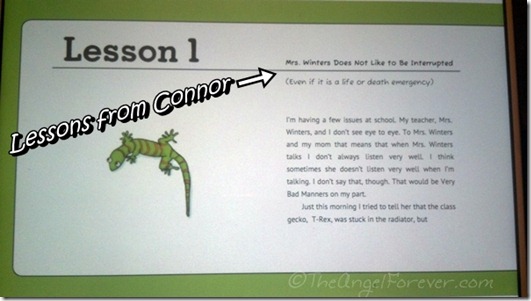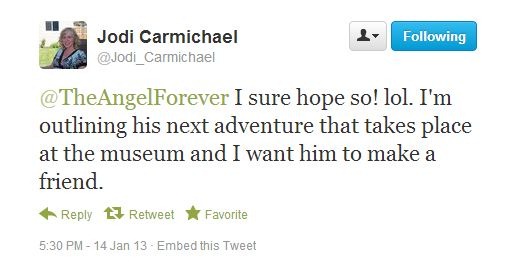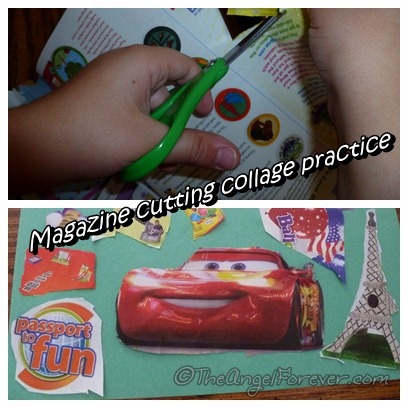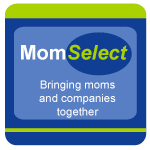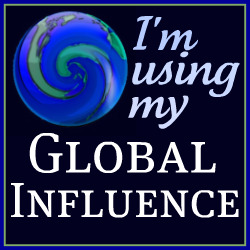It seems like just yesterday I was debating whether or not to send my youngest to a toddler program at our synagogue. Fast forward and my “baby” is now a kindergarten kid in a full day program. Time sure goes quickly when your kids are growing up. If I could do it all over again and money was no option, I wish I had been able to put JSL into the toddler program. We ended up keeping him home because of finances, but when he was three, he went to nursery school three days a week.
Driving by our old nursery school, it made me sad that we are no longer there. This is the time of year when parents all over will be touring, planning, and making decisions about this topic. It reminded me of a post that I wrote for another project about making this tough decision for your family.
________________________________________________________________
It is that time of year again. Yes, time to decide whether or not to send your toddler off to a nursery school or preschool. Whether or not you do this is your personal decision. If you decide that this is something for your family it is time to get started for next year. Registrations are already starting to go into local YMCA, JCC, and other community run programs throughout the area. Many are also holding information days and open houses.
There are plenty of schools in the Capital District and beyond for children that are 2, 3, and 4 years old. In addition to this, you can find schools that run developmentally appropriate programs that run 2-5 days a week for a few hours each day. The first step after you decide you want your child to go is to locate a school that is right for your family. A great resource is the Capital District Child Care Council. Here you can request not only daycare providers, but also schools for toddlers in Albany, Fulton, Montgomery, Rensselaer, Saratoga, and Schenectady counties
I never had to look into a program for NHL. My oldest went to daycare when he was one. He stayed there until he went to PreK at four.
When JSL was 18 months old, he had been home with me all of the time. I knew that he needed more socialization with peers his own age. I looked into places that had classes for two year olds. We found one that we loved, but passed due to the price. Instead, I called the Capital District Child Care Council the following year and received a list of nursery schools. We toured several of them and instantly fell in love with one that JSL went to for two magical years. My tips are to go with your gut, get word of mouth referrals, and make sure you can bring your child to visit before you make a decision.
Do you have any tips to share with parents that are looking for a toddler program right now? If you do please share in the comments below.
Disclosure: Parts of this post were previously published on a project I worked on. The text is mostly the same, but I placed a new introduction to go along with a topic that continues to be important for families.






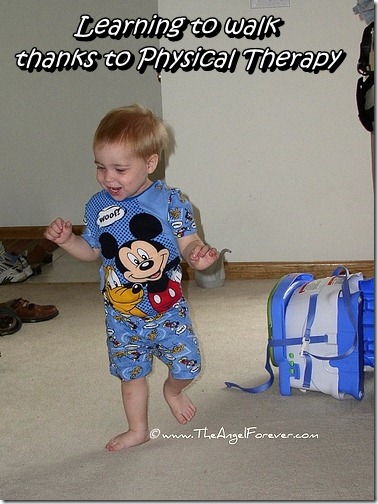
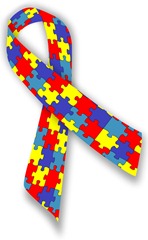 Imagine living in a world where you are not even aware that others do not see, hear, feel, and understand things the way you do. That is the reality for children, like
Imagine living in a world where you are not even aware that others do not see, hear, feel, and understand things the way you do. That is the reality for children, like 
